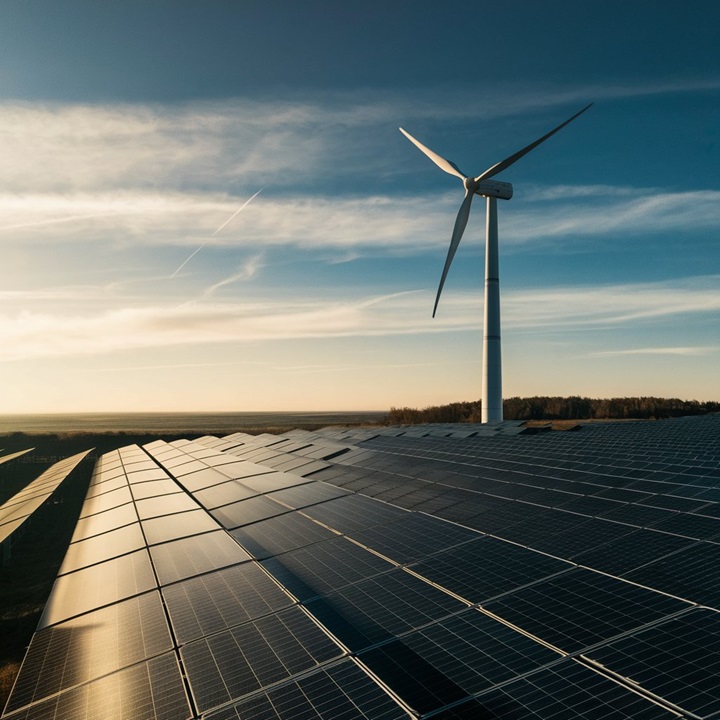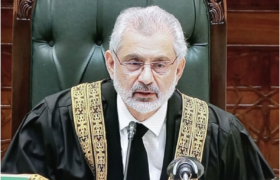Energy Crisis in KP and Beyond!
Shahzad Masood Roomi
At the end of the last fiscal year (completed on June 30th, 2024), Pakistan’s energy import bill swelled to a whopping $27 billion. In addition to this external bill, Pakistan had to pay hundreds of millions of dollars to Independent Power Producers (IPPs) internally. Despite these expenditures, the country continues to struggle to meet the energy demands of households and industries.
Today, Pakistan has an installed capacity of 43,000 MW, with a significant disparity between a base load of around 12,500 MW and a summer peak load of around 30,000 MW due to the shift of winter heating loads to gas. However, due to contractual obligations, the government must pay for the entire installed capacity year-round, regardless of utilization. As a result, the country, especially Khyber Pakhtunkhwa (KP), continues to face severe load shedding and load management challenges, hindering economic and industrial growth.
Both federal and provincial governments are under tremendous criticism over the country’s energy predicament. Earlier in May, under severe public pressure, KP’s Chief Minister took matters into his own hands by entering a power grid station in DI Khan and attempting to restore electricity for the area. Residents were protesting and complaining about daily load-shedding lasting up to 22 hours. Similar incidents were reported in other cities of the province, where political leaders entered WAPDA premises to restore electricity by force, making it impossible for officials to carry out their duties.
Fortunately, a resolution was reached, and it was decided that there would be fewer power cuts for KP. Additionally, outstanding issues such as settling debts and minimizing line losses would be addressed through mutual efforts.
KP is facing a severe shortfall of electricity. According to an official from the Peshawar Electric Supply Company (PESCO), the power shortfall in KP has swelled to 1,138 megawatts. “Currently, KP’s total energy demand is 2,916 MW, while the supply is 1,778 MW, resulting in a shortfall of 1,138 MW.” Due to this shortfall, “the company carries out 16 hours of load shedding on feeders to improve power voltage and ensure a smooth supply of electricity to consumers.”
This situation raises many questions that must be answered: How did a country with the potential to produce 40,000 to 70,000 megawatts of hydropower end up in this crisis, that was producing cheap per capita hydropower until the 1970s? What is the political approach of various parties towards the country’s decade-old energy crisis? How effective is KP’s load management and electricity theft prevention been in recent years?
Pakistan had to adopt an imported fossil fuel-based energy policy in the 1990s due to the inability of successive regimes to unite all provinces on the development of new large hydropower projects despite rising energy demand. By the time consensus was finally achieved to develop large projects, the country had already plunged into a deep economic crisis, and the policy of Independent Power Producers (IPPs) investing in imported oil-based electricity projects continued.
In the 2010s, not only were previous agreements revised, but new IPPs also joined, and a disastrous policy of allowing IPPs to receive hefty capacity charges in foreign currency was adopted. This policy requires a complete overhaul, and all agreements with IPPs need to be revised. In fact, hydro and nuclear should be prioritized as the primary means of producing electricity in Pakistan, with wind and solar as secondary legal sources.
foreign currency was adopted. This policy requires a complete overhaul, and all agreements with IPPs need to be revised. In fact, hydro and nuclear should be prioritized as the primary means of producing electricity in Pakistan, with wind and solar as secondary legal sources.
Given the terms and conditions of these agreements, revising them seems challenging, but it is necessary. Otherwise, the energy sector’s circular debt, caused by these agreements, will sink the entire economy. Pakistani exporters are already facing tough competition in international markets due to high production costs.
Mere fulfillment of the required megawatts through expensive non-renewable resources like fossil fuels is not energy planning or energy security. This should be the biggest lesson learned over the last three decades. Hydro and nuclear energy options must be exploited to their maximum potential as they can guarantee cheaper electricity for people and industries. These options also ensure a complete return on investment (ROI).
Diamer Basha and Dasu should not be the only large dams in the country. WAPDA has completed feasibility studies on many more similar projects, which must be initiated as soon as the currently under-construction hydropower plants are completed. IPPs running on fossil fuels should be banned in the country. Fresh investment in the energy sector must be allowed only in hydro, solar, or wind power plants.
It is high time for the political leadership to sit together and contemplate these suggestions with urgency, as energy demand is rising with each passing day. Taking politically motivated popular steps will only usher in new perils for future generations and the state.




